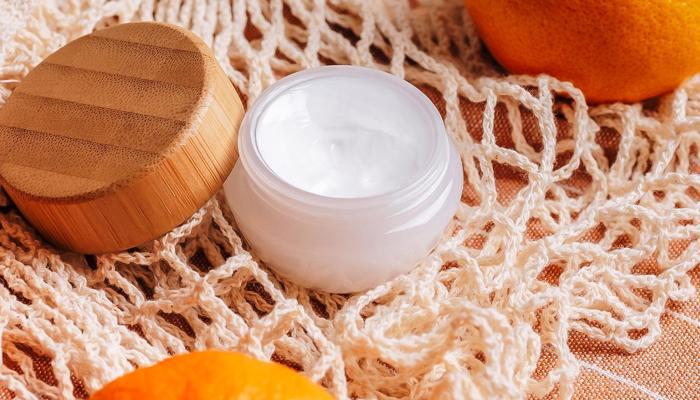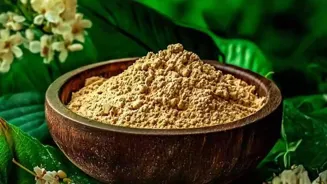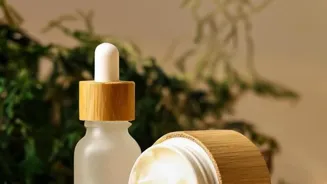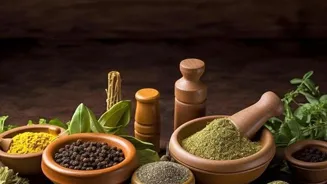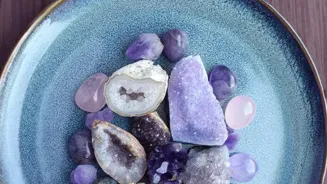Explore the fascinating journey of skincare in India: from ancient Ayurvedic wisdom to modern innovations. Discover the rich tapestry of traditions, ingredients, and rituals that have shaped our relationship
with skin. Embrace the heritage, evolution, and future of skincare in India
Namaste and welcome, readers! From ancient home remedies passed down through generations to the dazzling array of products lining shelves today, the story of skincare in India is a rich and fascinating one.
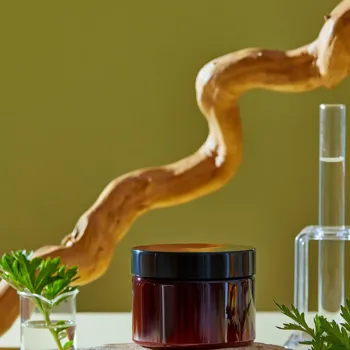
It's a journey that reflects our culture, traditions, and evolving understanding of well-being.
Let's take a deep dive into the history of skincare and how our regimens have changed over the ages, looking at the key ingredients, practices, and innovations that have shaped our relationship with our skin.
Ayurvedic skincare: ancient wisdom, natural ingredients, holistic approach for radiant skin
Long before the introduction of modern cosmetics, skincare in India was deeply intertwined with Ayurveda, the ancient Indian system of medicine. Ayurveda emphasizes maintaining balance in the body and mind, and this philosophy extends to how we care for our skin.
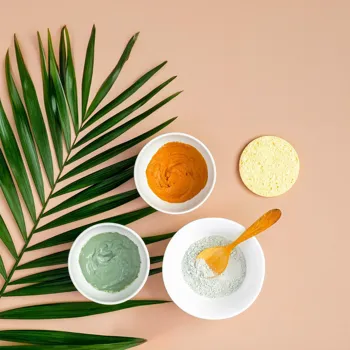
The focus was, and in many ways still is, on utilizing natural ingredients found in our surroundings. Think of haldi (turmeric), chandan (sandalwood), neem, aloe vera, and besan (gram flour) – these aren’t just kitchen staples, they are potent skincare powerhouses!
Ayurvedic texts detailed preparations using these ingredients to address various skin concerns. Recipes for ubtans (herbal powders) were carefully crafted to cleanse, exfoliate, and nourish the skin.
These ubtans, often made with a blend of herbs, lentils, and grains, were traditionally used during pre-wedding ceremonies and festivals, highlighting the importance of skincare not only for beauty but also for auspicious occasions.
The emphasis wasn't just on surface-level treatment; it was about promoting overall health and well-being, achieving radiant skin from the inside out. This holistic approach made skincare more than just a routine, it made it a ritual deeply rooted in tradition.
It involved understanding your skin type based on Ayurvedic principles and using ingredients that would balance your doshas (energies). Even today, many families continue to rely on these age-old remedies, proving the enduring appeal of natural and time-tested skincare solutions.
Mughal era enriched Indian skincare with opulent ingredients & perfumes, blending tradition with luxury
The Mughal era brought new dimensions to Indian skincare. While the foundational principles of Ayurveda remained relevant, the Mughals introduced luxurious and aromatic ingredients from Persia and Central Asia.
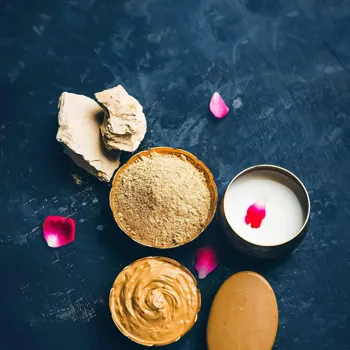
Perfumes made with rose, jasmine, and saffron became popular, prized for their fragrance and believed to have skin-enhancing properties. Attars (natural perfumes) were meticulously crafted using traditional distillation methods, adding a touch of opulence to daily routines.
The use of oils, like almond oil and sesame oil, became even more widespread for moisturizing and protecting the skin. Royal Mughal women had elaborate beauty rituals involving these precious oils and perfumes.
Elaborate hammams (bathhouses) were built in palaces, showcasing the importance placed on cleanliness and purification. Recipes for face masks and scrubs were carefully guarded secrets, passed down through generations within royal families.
The emphasis on fragrance also led to the incorporation of aromatic flowers and herbs in bathing rituals. Imagine bathing in water infused with rose petals and sandalwood, a truly sensory and indulgent experience.
This era highlighted the importance of sensory pleasure and the connection between scent and beauty. The Mughal influence added a layer of luxury and sophistication to the existing Ayurvedic practices, creating a unique blend of tradition and indulgence.
British era introduced Western cosmetics, shifting beauty ideals in India
The arrival of the British brought with it the introduction of manufactured cosmetics and Western beauty trends. While traditional practices didn't completely disappear, they started to coexist with new products and ideas.
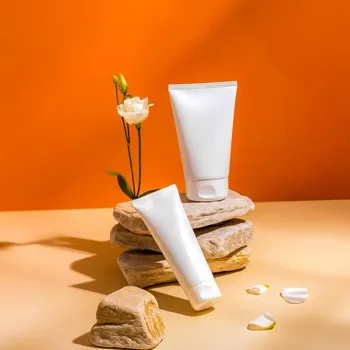
Soaps replaced some of the traditional cleansers, and creams and lotions became increasingly popular. Fair skin was often associated with beauty, leading to an increased demand for skin-lightening products.
This was a time of significant cultural exchange, with some embracing Western products while others remained loyal to their traditional routines. Advertising played a major role in shaping perceptions of beauty and creating a desire for Western cosmetics.
Magazines and newspapers featured advertisements promoting these new products, often targeting women with promises of fairer skin and a more "modern" appearance.
The British era also saw the emergence of Indian cosmetic brands that attempted to blend traditional ingredients with modern manufacturing techniques. These brands aimed to cater to the specific needs of Indian skin while still appealing to the growing demand for convenience and accessibility.
While the availability of a variety of products increased, this period marked the beginning of complex issue related to beauty standards, with fairness often being unfairly elevated as the ideal.
Post-Independence
A Revival of Ayurvedic Principles and Indigenous Brands
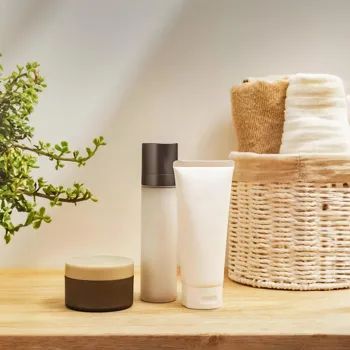
Revival of Ayurveda in Indian skincare post-independence
After India gained independence, there was a renewed sense of pride in our heritage and traditions. This led to a revival of interest in Ayurvedic principles and a growing demand for natural and herbal products.
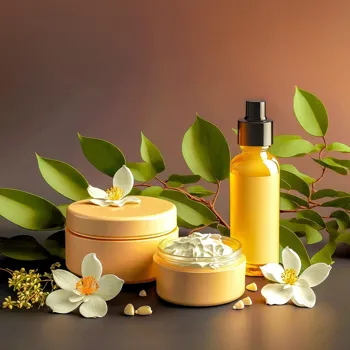
Indian brands began to focus on formulating products using traditional ingredients and Ayurvedic knowledge. This was a time when consumers started questioning the ingredients in Western cosmetics and seeking alternatives.
The "back to nature" movement gained momentum, with people actively seeking out products that were free from harsh chemicals and synthetic fragrances. Small-scale businesses and home-based entrepreneurs started producing and selling natural skincare products, catering to this growing demand.
The focus shifted from simply achieving fair skin to embracing healthy, radiant skin. There was a greater emphasis on understanding individual skin types and using products that were specifically formulated to address those needs.
This period also saw the rise of Ayurveda-based skincare clinics and spas, offering personalized treatments and consultations. The revival of Ayurvedic principles represented a conscious effort to reclaim our cultural heritage and promote sustainable and holistic beauty practices.
Indian skincare market blends tradition and technology, embracing global trends with personalized solutions
Today, the Indian skincare market is a dynamic and rapidly growing one. We see a fusion of traditional wisdom and modern technology, with brands incorporating cutting-edge research and innovative ingredients.
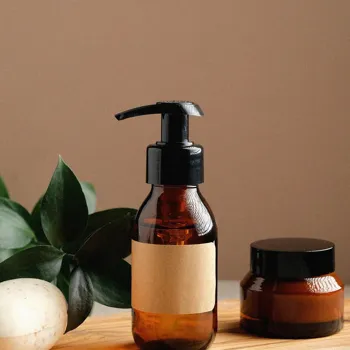
Global beauty trends have a significant influence, but there's also a growing appreciation for the uniqueness of Indian skin and climate. Online shopping has revolutionized the way we access skincare products, with a vast range of options available at our fingertips.
Social media plays a crucial role in shaping beauty trends and influencing purchasing decisions. Influencers and beauty bloggers share their experiences with different products, creating a sense of community and transparency.
Consumers are now more informed and discerning, demanding greater transparency about ingredients and ethical sourcing. Sustainability is also becoming an increasingly important factor, with brands focusing on eco-friendly packaging and cruelty-free practices.
The modern era is characterized by a greater level of personalization, with brands offering customized skincare solutions based on individual needs.
The combination of science and tradition, along with the accessibility of information has meant that we are able to make educated decision, that will suit our skin the best.
The future of skincare in India: inclusive, sustainable, innovative
As we look to the future, the skincare industry in India is poised for continued growth and innovation. There's a growing emphasis on inclusivity, with brands catering to a wide range of skin tones and concerns.
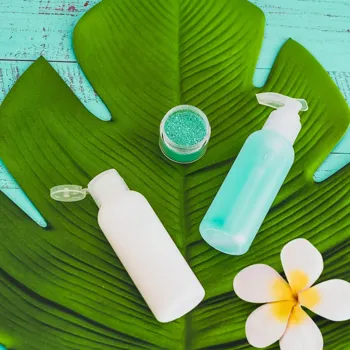
The focus is shifting from simply correcting perceived imperfections to celebrating natural beauty and promoting self-acceptance. Sustainable practices will become even more important, with brands adopting eco-friendly packaging and sourcing ingredients responsibly.
Technology will continue to play a significant role in the development of personalized skincare solutions. Artificial intelligence and machine learning will be used to analyze skin data and recommend customized products and treatments.
The integration of skincare with overall wellness will also become more prevalent, with a focus on the connection between diet, lifestyle, and skin health.
The future of skincare in India is one of inclusivity, sustainability, and innovation, where technology meets tradition to empower individuals to embrace their natural beauty.
As we continue this journey, remember that true beauty is about feeling confident and comfortable in your own skin, and choosing products that nourish and protect it. And that is the bottom line.
